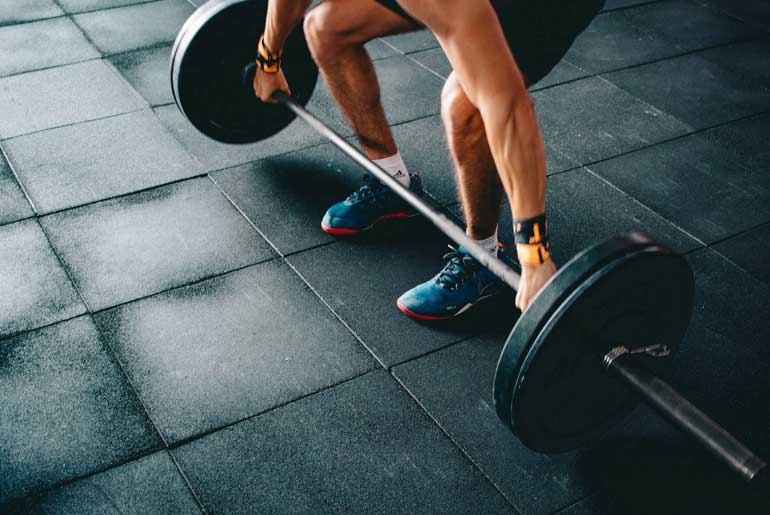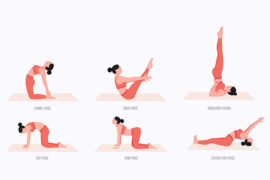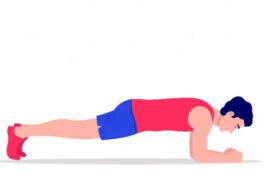Weight lifting is a dynamic form of exercise that involves lifting weights to build strength, enhance muscle tone, and improve overall fitness. As a beginner, it is crucial to prioritize proper form, starting with lighter weights to establish sound techniques before gradually progressing to heavier loads. Compound movements like squats and deadlifts engage multiple muscle groups, providing efficient workouts. Emphasizing a full range of motion, incorporating proper breathing techniques, and allowing for adequate rest and recovery are essential aspects of a successful weight lifting routine. Consistency is key, and a well-rounded approach that includes balanced nutrition, hydration, and listening to one’s body ensures a safe and effective progression toward improved strength and fitness.
Embarking on weight lifting for the first time requires a thoughtful approach to ensure a safe and effective experience. Beginners should prioritize learning proper form, starting with lighter weights to focus on technique, and gradually progressing to more challenging loads. Compound movements that engage multiple muscle groups, such as squats and deadlifts, are beneficial for overall strength development. It’s crucial to incorporate warm-up exercises, pay attention to breathing techniques, and allow for sufficient rest between sessions to promote recovery. Listening to the body, staying hydrated, and maintaining a balanced nutrition plan are key elements in fostering a positive and sustainable introduction to weight lifting. Overall, a gradual and mindful approach, along with consistency, will contribute to a successful and rewarding weight lifting journey for beginners.
Here are some essential tips to keep in mind:
- Start with a Warm-Up: Prior to lifting weights, warm up your body with light cardiovascular exercises like jogging or jumping jacks. Follow this with dynamic stretches to prepare your muscles and joints for the upcoming workout.
- Learn Proper Form: Proper form is crucial for preventing injuries and maximizing the effectiveness of your workout. Consider hiring a certified trainer or using reputable online resources to learn the correct techniques for various exercises.
- Begin with Light Weights: As a beginner, start with lighter weights to focus on mastering your form and technique. Gradually increase the weight as you become more comfortable and confident in your abilities.
- Focus on Compound Movements: Compound exercises target multiple muscle groups at once and are efficient for building overall strength. Examples include squats, deadlifts, and bench presses.
- Prioritize Full Range of Motion: Perform exercises through their full range of motion to engage muscles fully and improve flexibility. Avoid using momentum or swinging to lift weights.
- Breathing Techniques: Learn and practice proper breathing techniques. Generally, exhale during the concentric phase (lifting) and inhale during the eccentric phase (lowering) of an exercise.
- Rest and Recovery: Allow your muscles time to recover by scheduling rest days between weightlifting sessions. Adequate sleep, proper nutrition, and hydration are also crucial for recovery and muscle growth.
- Progress Gradually: Progression is key to seeing results. Gradually increase the weight, repetitions, or intensity of your workouts as your strength and endurance improve.
- Listen to Your Body: Pay attention to how your body feels during and after workouts. If you experience pain (not to be confused with the normal discomfort of a challenging workout), it’s essential to address it and, if necessary, seek guidance from a healthcare professional or fitness expert.
- Stay Consistent: Consistency is key in any fitness journey. Create a realistic and sustainable workout schedule that you can stick to in the long term.
- Include Recovery Strategies: Incorporate recovery strategies such as stretching, foam rolling, and, if needed, massage to help prevent muscle soreness and improve flexibility.
- Stay Hydrated and Nourished: Proper hydration and nutrition are crucial for overall health and energy levels. Consume a balanced diet with an adequate amount of protein to support muscle repair and growth.
Remember, everyone progresses at their own pace, so be patient and enjoy the process. If possible, consult with a fitness professional to create a personalized workout plan that aligns with your goals and ensures a safe and effective weight lifting experience.
Disclaimer:
The information contained in this article is for educational and informational purposes only and is not intended as a health advice. We would ask you to consult a qualified professional or medical expert to gain additional knowledge before you choose to consume any product or perform any exercise.







